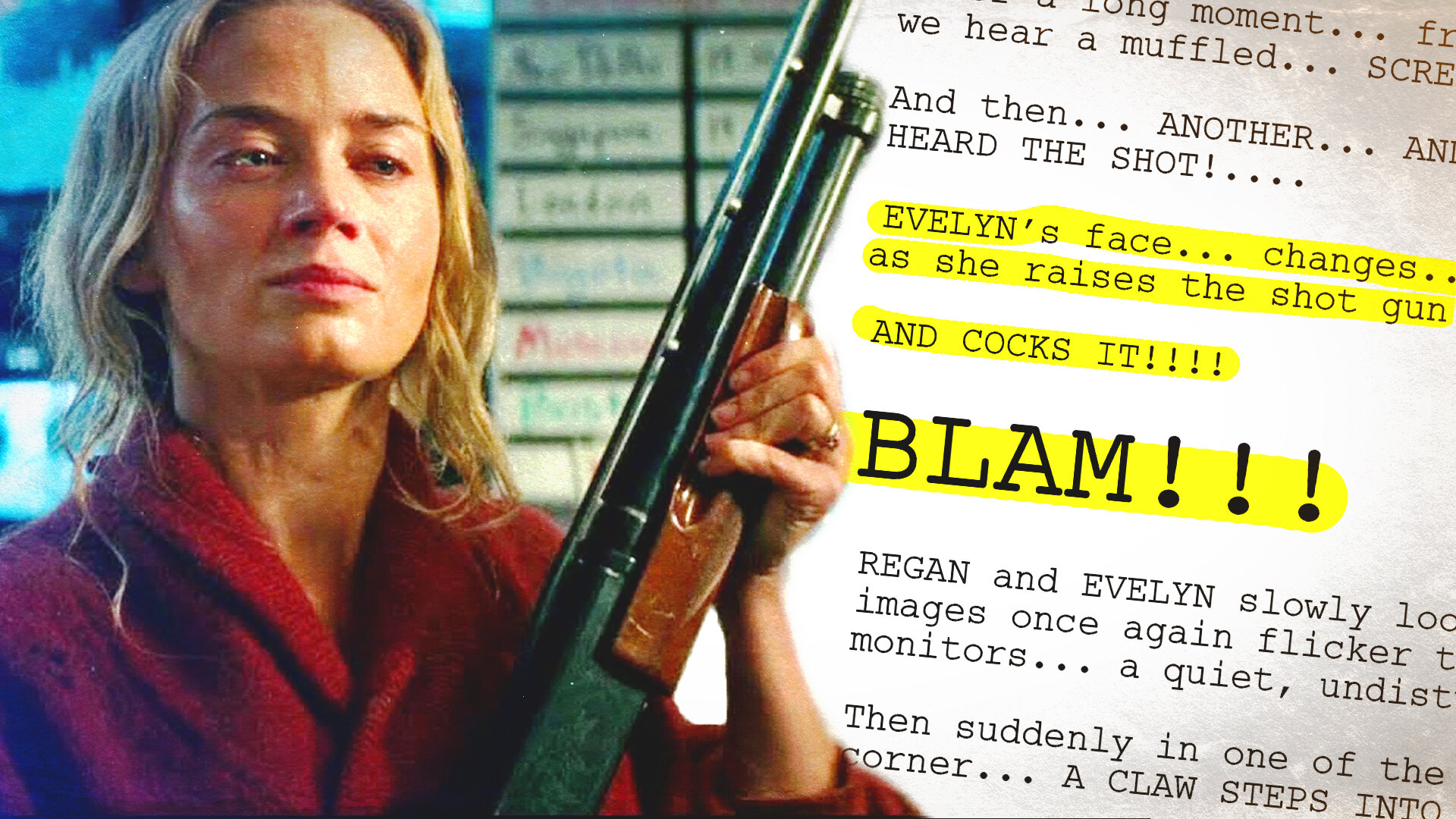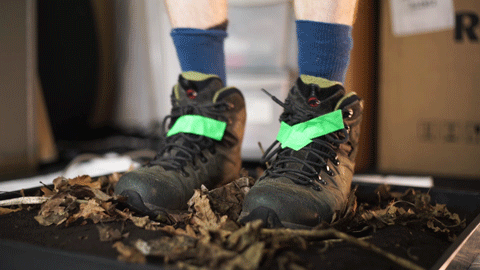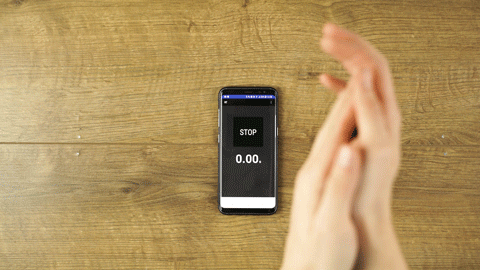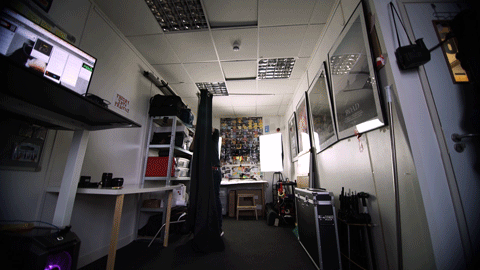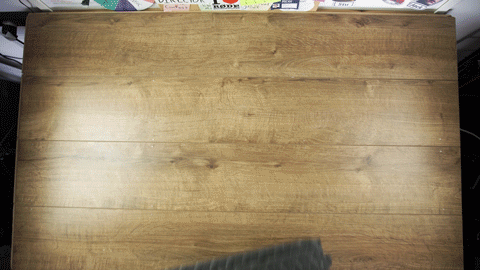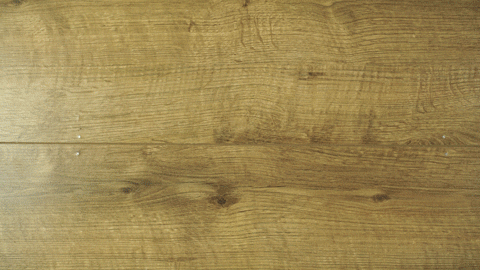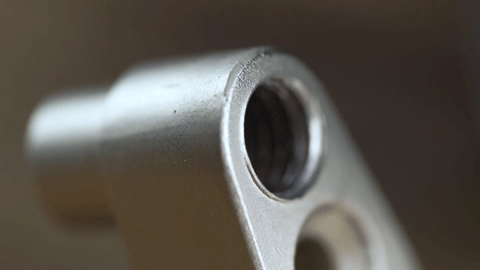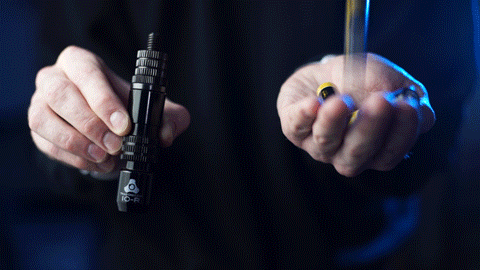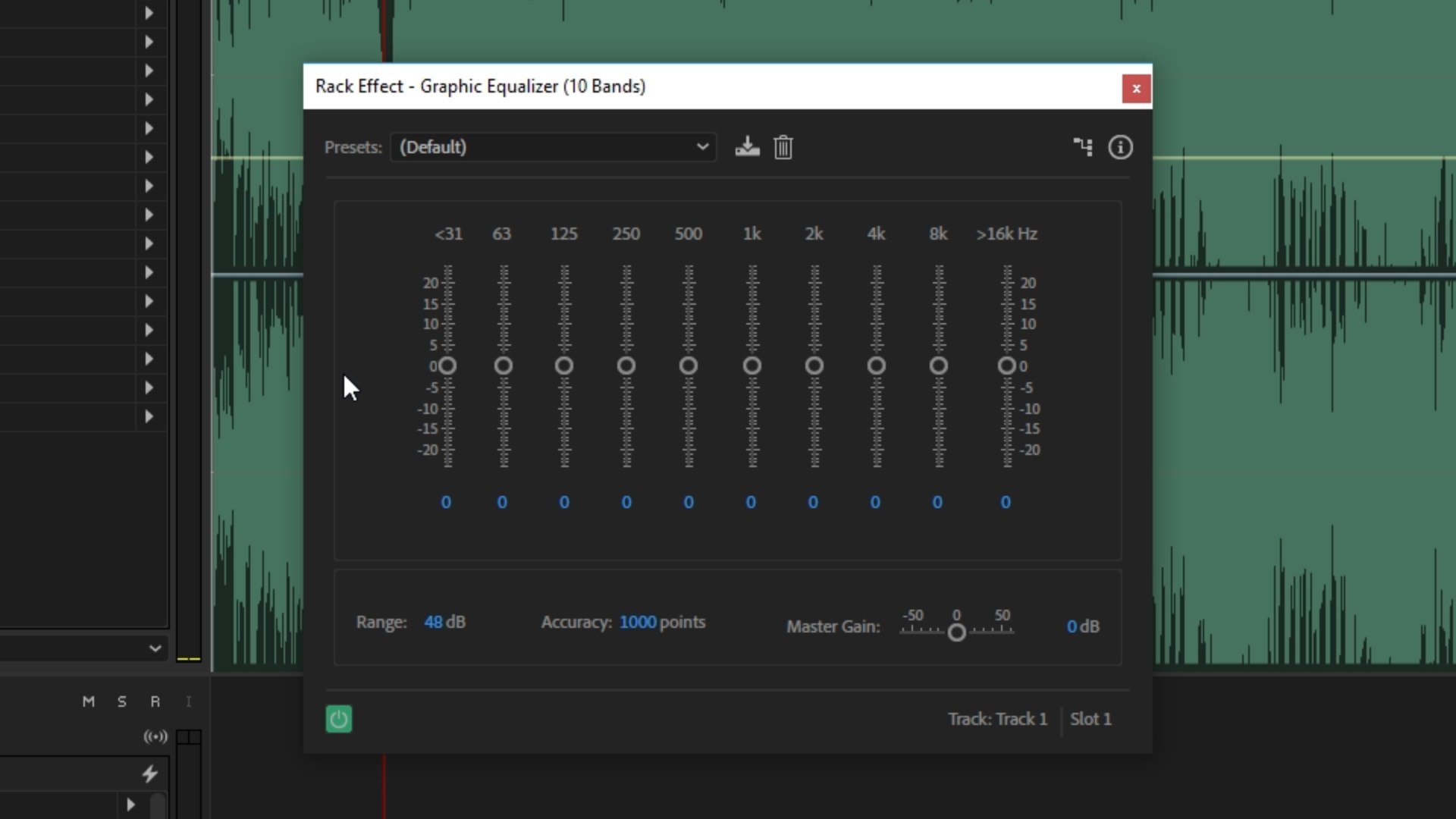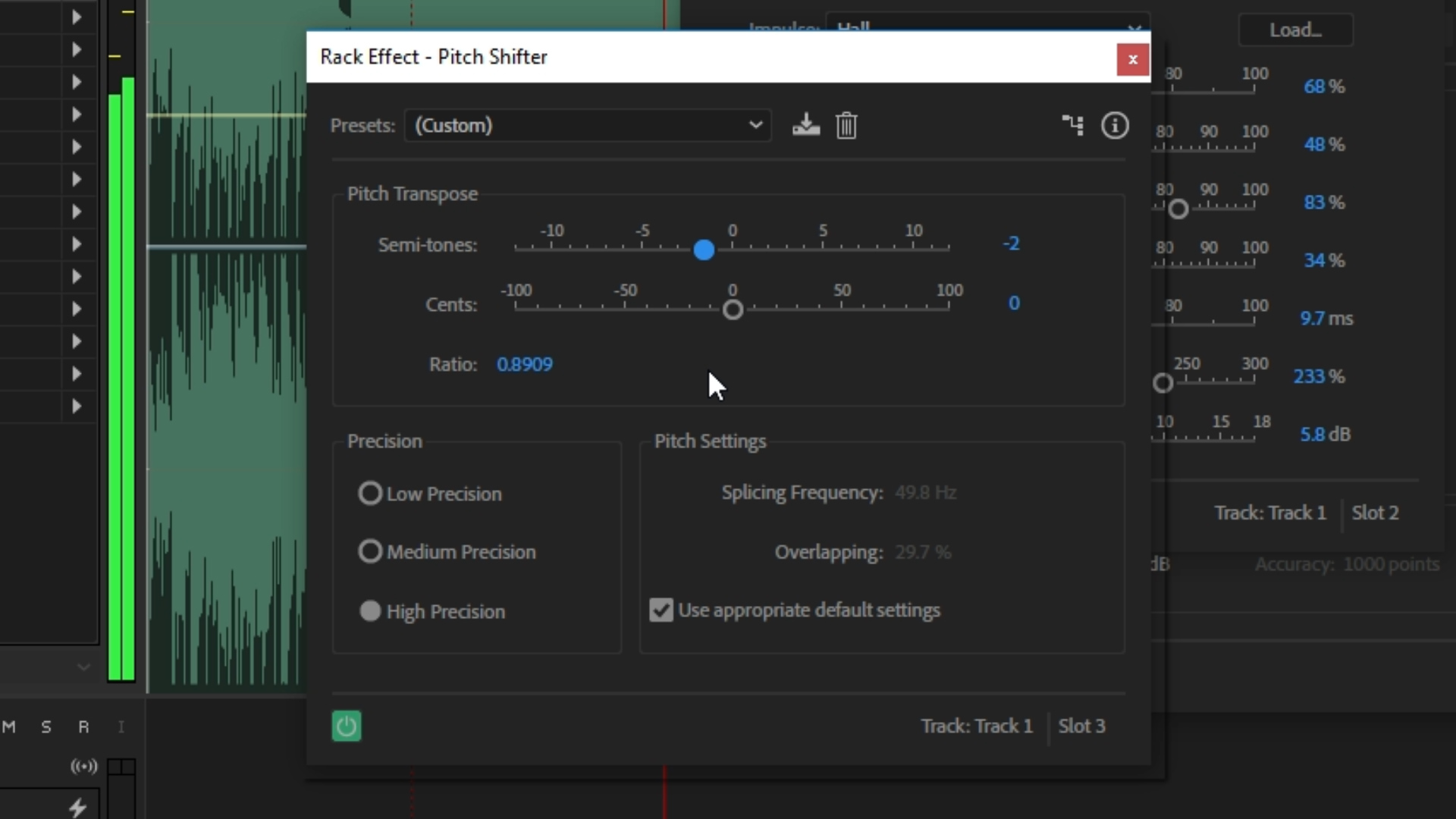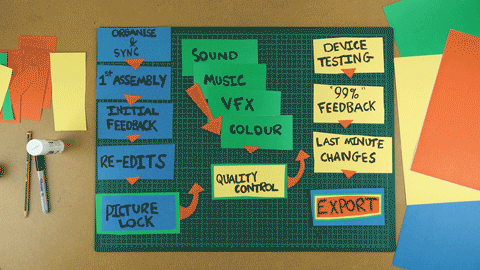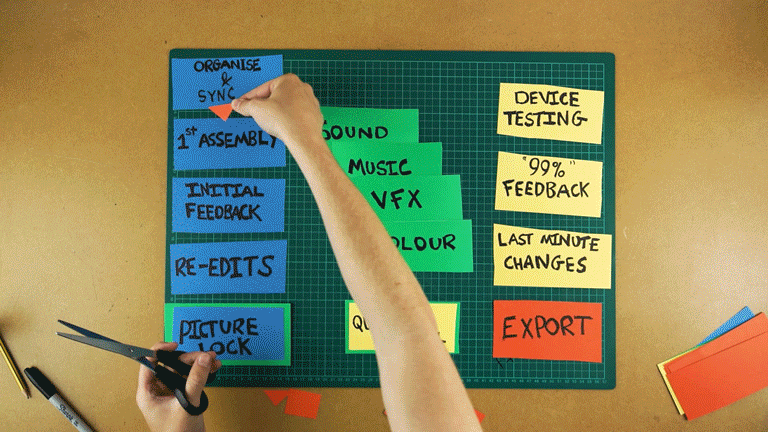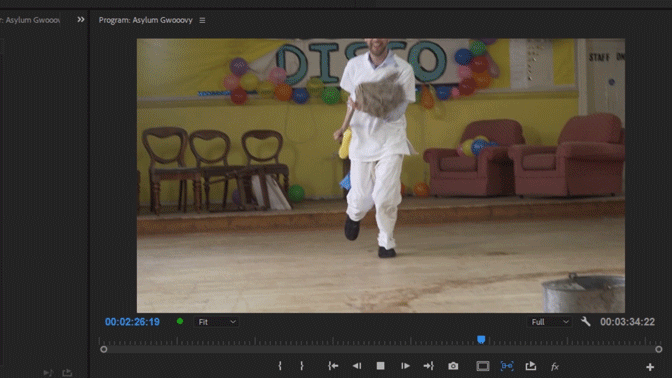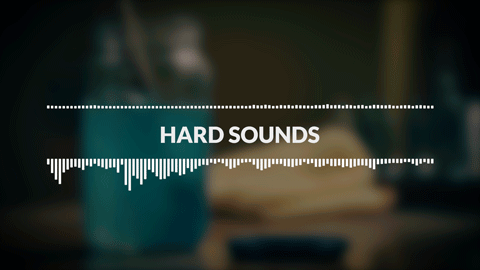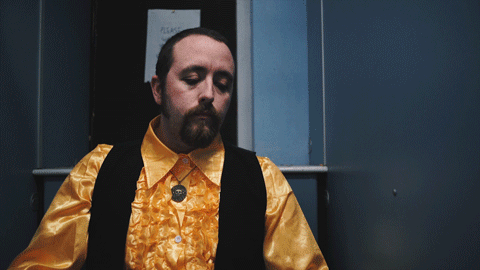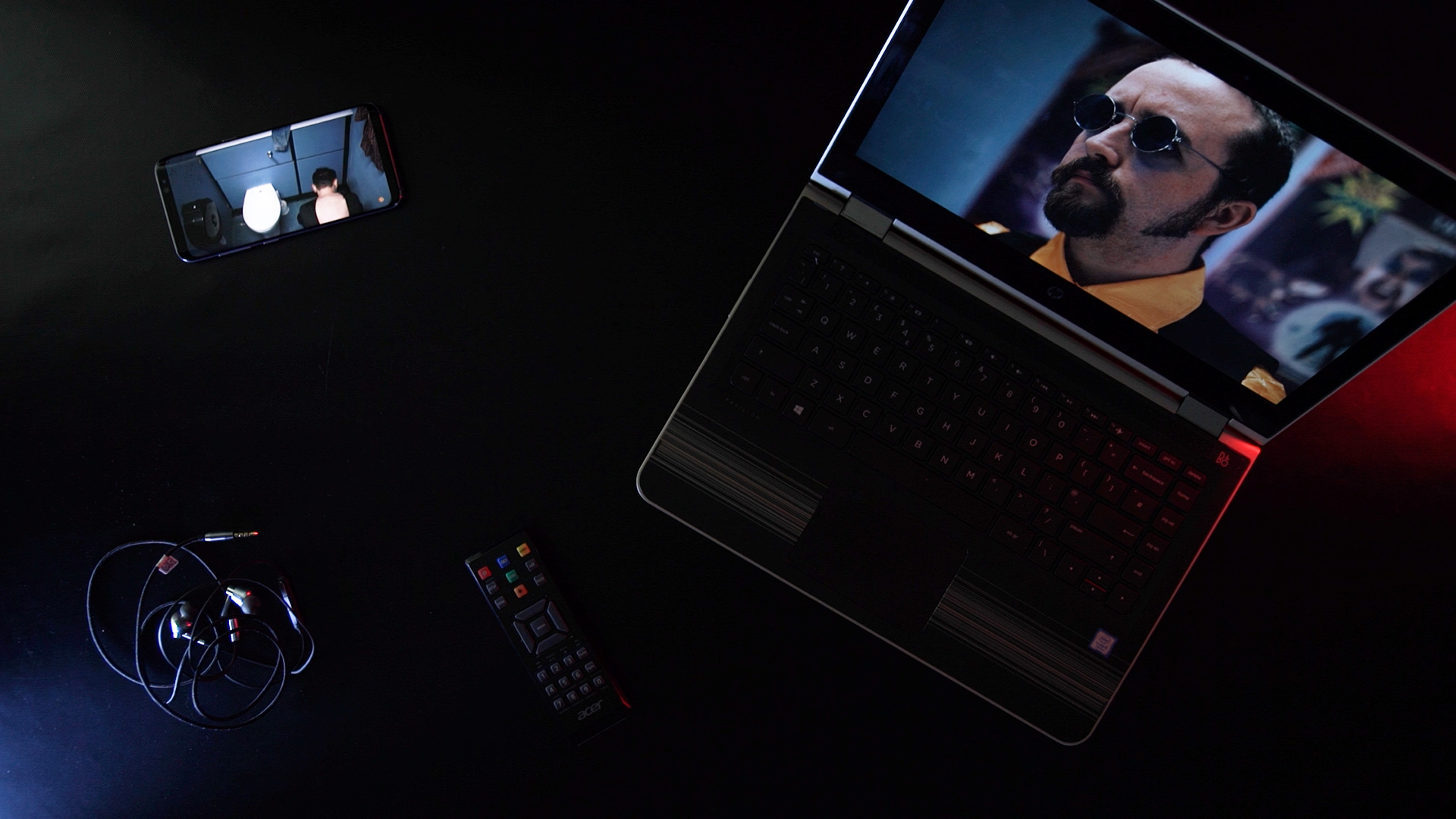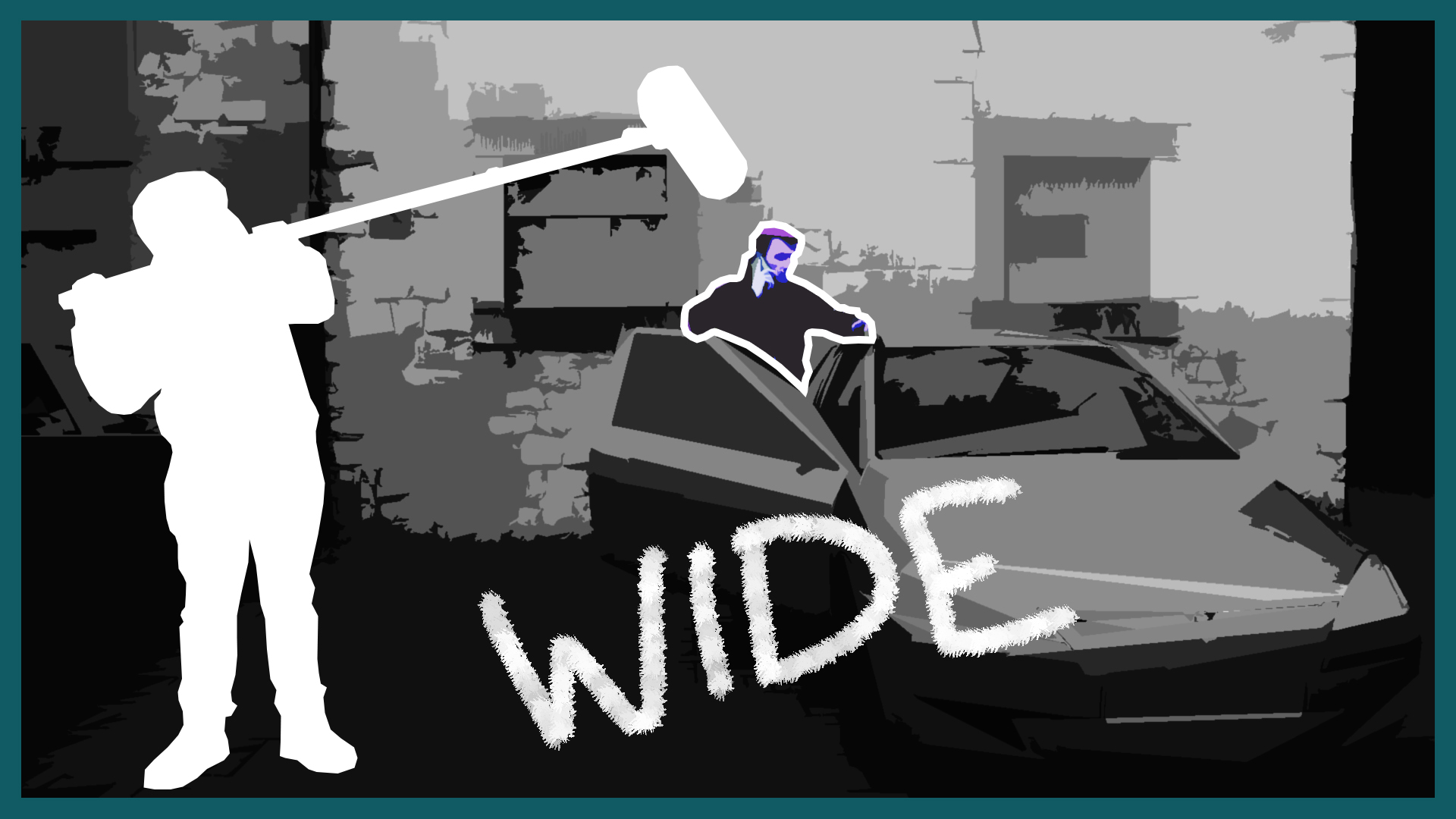Today we’ll show YOU our DIY foley pit for recording footstep sound effects. This is something that requires no big tools or heavy building experience, all the parts can be purchased online or found around the house, and can be assembled in less than 30 minutes.
Let’s setup a DIY foley pit! Welcome to the film look.
With every film project we’ve made, we’ve always recorded footsteps on location. After the shooting has wrapped, we head back to the location on another day with a copy of the edit, setup the microphone, watch the scene, and mimic the movement of the actors.
But this doesn’t always work. A noisy environment isn’t the ideal location for recording footsteps, and if your shooting location is busy, loud, or now inaccessible, this is where a foley recording studio setup comes in.
So we thought it was time to build a foley pit!
Because we have such a small studio, we needed the foley pit to be cheap, easy to clean, and quick to assemble and disassemble. And because we know a lot of you guys are young filmmakers, we wanted to make something which didn’t require any heavy tools or building experience so you can set one up at home too.
The first thing you need is a quiet room. A clothing closet, a bedroom, or a small room with a carpeted floor will work best. Carpets are important because they absorb sound, and we want the footstep recordings to sound as dry as possible; we don’t want any excess echo or reverb in the audio because we may want to add some in to match the scene later.
You can find out which room will work best by standing in the centre and clapping. You’ll notice a small room with carpets and furniture will absorb more sound than a big staircase exit.
We will be using our studio which thankfully has carpeted floors.
There are a few free mobile apps which help you get an idea of how much echo a room produces. I have this one downloaded called RT by AppAcoustic. You simply place the phone on the ground, hit start, give a strong clap, wait a moment, then hit stop. The readings aren’t 100% accurate but are certainly a starting point.
So try out a bunch of rooms in your house and see which one will give you the best results! Just look for room acoustic apps on your app store.
Next thing we can do is acoustically treat the room. This sounds fancy, but it doesn’t have to be. The first thing you can do is switch off any electronic devices. TVs, computers, speakers; basically anything which might hum or buzz. Then find a load of curtains, duvets, blankets, towels, even couch cushions, and find a way to hang them up in the room, covering your walls, doors, and windows.
We have a bunch of black out curtains which did the job, so we made a blanket fort with the help of some C-stands and some clips.
Basically, anything with a flat surface will reflect sound, and that’s what we want to avoid, so make sure you cover any flat smooth surface with some rugs, blankets, or even a pile of clothes.
In order to see what I’m about to do next, I’m gonna take the blanket fort back down for the rest of the episode. Just try to imagine it's still up.
So, the pit itself. We can start with a gardening tray. This one is 60x60cm so its large enough for footsteps, it has a short 7cm lip which means it won’t cause any reverb (preventing the sound you’d get if you stuck your head in a bucket), but is high enough to contain messy materials, and it is made out of tough plastic so it's waterproof, lightweight, and easy to clean!
If you are recording upstairs on wooden floorboards like we are, you will want to cushion underneath the tray to prevent any excess rumble during recording. We picked up a pack of these EVA foam jigsaw panels to pad out the floor underneath the tray. They are firm but bouncy so they soften a hard step just enough to prevent a Godzilla-sounding footstep.
We recorded some samples based on a scene we shot in a forest. This is how it sounds.
A lot of ideas for this video came from The Sound Effects Bible by Ric Viers. We aren’t being paid to talk about the book, but think its a wicked resource for budding sound artists who want to set up their game. There’s an affiliate link in the description if you want to buy the book and help out the channel.
A setup like this can also be used for recording other foley work such as clothing movement and prop handling, which we will be talking about next week! So if you are looking for more sound advice, hit subscribe, hit the bell, and remember to achieve it one shot at a time.
🚀 https://www.thefilmlook.com/store - Step up your sound game with our FOOTSTEPS SOUND PACK. It features 200+ sounds, 9 surfaces, and 6 types of footwear, perfect for your next film project.
🎥 This episode's kit/gear/equipment:
US links
Gardening Tray: https://amzn.to/2SXPSIt
EVA Foam Mats: https://amzn.to/2MALywk
The Sound Effects Bible: https://amzn.to/2sSWEUy
UK links
Gardening Tray: https://amzn.to/2QT0eY1
EVA Foam Mats: https://amzn.to/2Sa9pbr
The Sound Effects Bible: https://amzn.to/2DD9ZXc
DISCLAIMERS:
Some of these links are affiliate links, if you purchase gear via these links The Film Look will receive a small commission, but there will be no additional cost to you. Thank you!
